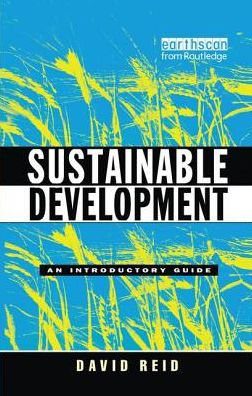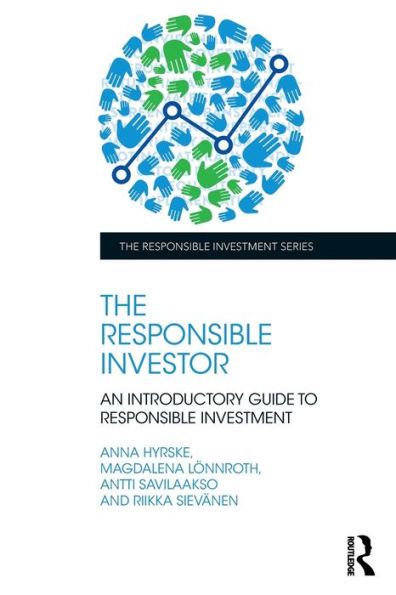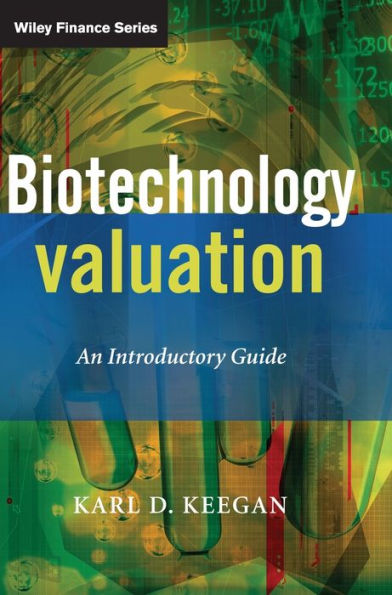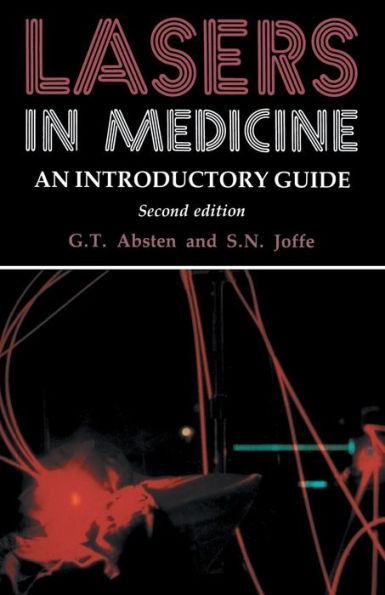Home
Robotics: Discover The Robotic Innovations Of The Future - An Introductory Guide to Robotics
Barnes and Noble
Loading Inventory...
Robotics: Discover The Robotic Innovations Of The Future - An Introductory Guide to Robotics in Franklin, TN
Current price: $9.99
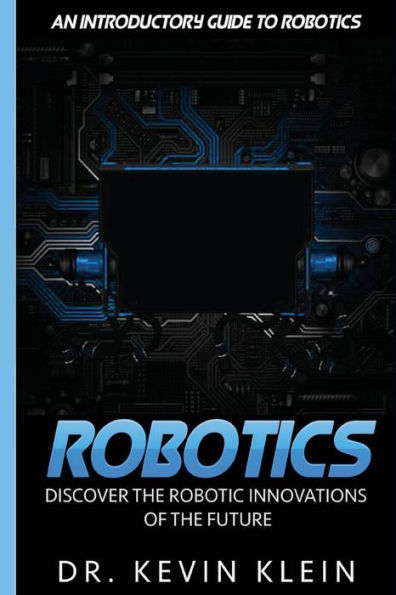
Barnes and Noble
Robotics: Discover The Robotic Innovations Of The Future - An Introductory Guide to Robotics in Franklin, TN
Current price: $9.99
Loading Inventory...
Size: OS
"The Three Laws of Robotics: 1: A robot may not injure a human being or, through inaction, allow a human being to come to harm; 2: A robot must obey the orders given it by human beings except where such orders would conflict with the First Law; 3: A robot must protect its own existence as long as such protection does not conflict with the First or Second Law; The Zeroth Law: A robot may not harm humanity, or, by inaction, allow humanity to come to harm." -Isaac Asimov
Although this famous quote derived from Isaac Asimov, professor of biochemistry at Boston University, seems plausible, it is highly improbable. The truth is, with the current status of robotic innovation, we are decades or even centuries before we must worry about the consequences that robotic innovation will have for humanity in the future.
A robot is a simple enough idea. It is a machine that can do something by itself, in the simplest terms. You have almost certainly seen them in movies or read about them. Many people think of a metallic, human looking, machine when they think of a robot. The reality these days is a little less dramatic than that. In appearance, modern robots are often complex limbs or moving tools. They can complete tasks largely without the need for human assistance, but they are a long way from the types of robots people have been imagining for centuries; that's right, the idea of the 'robot' is very old indeed.The things that robots might be able to do are a key driving force beyond their development.
These ideas drive related fields, and those in turn, drive people to come up with better ways to make and use robots.If you are interested in the future, history and present state of robotics, then this book is a must-have addition to your collection.
Although this famous quote derived from Isaac Asimov, professor of biochemistry at Boston University, seems plausible, it is highly improbable. The truth is, with the current status of robotic innovation, we are decades or even centuries before we must worry about the consequences that robotic innovation will have for humanity in the future.
A robot is a simple enough idea. It is a machine that can do something by itself, in the simplest terms. You have almost certainly seen them in movies or read about them. Many people think of a metallic, human looking, machine when they think of a robot. The reality these days is a little less dramatic than that. In appearance, modern robots are often complex limbs or moving tools. They can complete tasks largely without the need for human assistance, but they are a long way from the types of robots people have been imagining for centuries; that's right, the idea of the 'robot' is very old indeed.The things that robots might be able to do are a key driving force beyond their development.
These ideas drive related fields, and those in turn, drive people to come up with better ways to make and use robots.If you are interested in the future, history and present state of robotics, then this book is a must-have addition to your collection.
"The Three Laws of Robotics: 1: A robot may not injure a human being or, through inaction, allow a human being to come to harm; 2: A robot must obey the orders given it by human beings except where such orders would conflict with the First Law; 3: A robot must protect its own existence as long as such protection does not conflict with the First or Second Law; The Zeroth Law: A robot may not harm humanity, or, by inaction, allow humanity to come to harm." -Isaac Asimov
Although this famous quote derived from Isaac Asimov, professor of biochemistry at Boston University, seems plausible, it is highly improbable. The truth is, with the current status of robotic innovation, we are decades or even centuries before we must worry about the consequences that robotic innovation will have for humanity in the future.
A robot is a simple enough idea. It is a machine that can do something by itself, in the simplest terms. You have almost certainly seen them in movies or read about them. Many people think of a metallic, human looking, machine when they think of a robot. The reality these days is a little less dramatic than that. In appearance, modern robots are often complex limbs or moving tools. They can complete tasks largely without the need for human assistance, but they are a long way from the types of robots people have been imagining for centuries; that's right, the idea of the 'robot' is very old indeed.The things that robots might be able to do are a key driving force beyond their development.
These ideas drive related fields, and those in turn, drive people to come up with better ways to make and use robots.If you are interested in the future, history and present state of robotics, then this book is a must-have addition to your collection.
Although this famous quote derived from Isaac Asimov, professor of biochemistry at Boston University, seems plausible, it is highly improbable. The truth is, with the current status of robotic innovation, we are decades or even centuries before we must worry about the consequences that robotic innovation will have for humanity in the future.
A robot is a simple enough idea. It is a machine that can do something by itself, in the simplest terms. You have almost certainly seen them in movies or read about them. Many people think of a metallic, human looking, machine when they think of a robot. The reality these days is a little less dramatic than that. In appearance, modern robots are often complex limbs or moving tools. They can complete tasks largely without the need for human assistance, but they are a long way from the types of robots people have been imagining for centuries; that's right, the idea of the 'robot' is very old indeed.The things that robots might be able to do are a key driving force beyond their development.
These ideas drive related fields, and those in turn, drive people to come up with better ways to make and use robots.If you are interested in the future, history and present state of robotics, then this book is a must-have addition to your collection.

